x
Search results for 'k12courses.com recommends exam questions and practice tests from certkillers.net for certification students'
Show Filter
Summit Geography and World Cultures, Semester 2 (HST213B)
This course examines a broad range of geographical perspectives covering all of the major regions of the world. Students clearly see the similarities and differences among the regions as they explore the locations and physical characteristics, including absolute and relative location, climate, and significant geographical features. They look at each region from cultural, economic, and political perspectives, and closely examine the human impact on each region. Students take diagnostic tests that assess their current knowledge and generate individualized study plans, so students can focus on topics that need review. Audio readings and vocabulary lists in English and Spanish support reading comprehension.
$450.00
Summit Geography and World Cultures, Semester 1 (HST213A)
This course examines a broad range of geographical perspectives covering all of the major regions of the world. Students clearly see the similarities and differences among the regions as they explore the locations and physical characteristics, including absolute and relative location, climate, and significant geographical features. They look at each region from cultural, economic, and political perspectives, and closely examine the human impact on each region. Students take diagnostic tests that assess their current knowledge and generate individualized study plans, so students can focus on topics that need review. Audio readings and vocabulary lists in English and Spanish support reading comprehension.
$450.00
Summit Pre-Algebra, Semester 1 (MTH113A)
In this course, students take a broader look at computational and problem-solving skills while learning the language of algebra. Students extend their understanding of ratio to develop an understanding of proportions and solve problems including scale drawings, percent increase and decrease, simple interest, and tax. Students extend their understanding of numbers and properties of operations to include rational numbers. Signed rational numbers are contextualized and students use rational numbers in constructing expressions and solving equations. Students derive formulas and solve two-dimensional area problems including the area of composite figures. In three dimensions, students find surface area using formulas and nets. Students also compute the volume of three-dimensional objects including cubes and prisms. Students make use of sampling techniques to draw inferences about a population including comparative inferences about two populations. Students also investigate chance processes through experimental and theoretical probability models. This is the first semester of a two semester course.From: $450.00
Summit Pre-Algebra, Semester 2 (MTH113B)
In this course, students take a broader look at computational and problem-solving skills while learning the language of algebra. Students extend their understanding of ratio to develop an understanding of proportions and solve problems including scale drawings, percent increase and decrease, simple interest, and tax. Students extend their understanding of numbers and properties of operations to include rational numbers. Signed rational numbers are contextualized and students use rational numbers in constructing expressions and solving equations. Students derive formulas and solve two-dimensional area problems including the area of composite figures. In three dimensions, students find surface area using formulas and nets. Students also compute the volume of three-dimensional objects including cubes and prisms. Students make use of sampling techniques to draw inferences about a population including comparative inferences about two populations. Students also investigate chance processes through experimental and theoretical probability models. This is the second semester of a two semester course.From: $450.00
Summit Practical Math, Semester 2 (MTH307B)
In this high school math course, students use math to solve real-world problems and real-world problems to solidify their understanding of key mathematical topics. Data analysis, math modeling, and personal finance are key themes in this course. Specific topics of study include statistics, probability, graphs of statistical data, regression, finance, and budgeting. In addition, students learn how to use several mathematical models involving algebra and geometry to solve problems. Proficiency is measured through frequent online and offline assessments, as well as class participation. This is the second semester of MTH307.
From: $450.00
Summit Probability and Statistics (MTH413)
In this high school math course, students learn counting methods, probability, descriptive statistics, graphs of data, the normal curve, statistical inference, and linear regression. Proficiency is measured through frequent online and offline assessments, as well as asynchronous discussions. Problem-solving activities provide an opportunity for students to demonstrate their skills in real world situations.
$450.00
Summit Practical Math, Semester 1 (MTH307A)
In this high school math course, students use math to solve real-world problems and real-world problems to solidify their understanding of key mathematical topics. Data analysis, math modeling, and personal finance are key themes in this course. Specific topics of study include statistics, probability, graphs of statistical data, regression, finance, and budgeting. In addition, students learn how to use several mathematical models involving algebra and geometry to solve problems. Proficiency is measured through frequent online and offline assessments, as well as class participation.
From: $450.00
Summit US and Global Economics (HST413)
In this 12th Grade history course on economic principles, students explore choices they face as producers, consumers, investors, and taxpayers. Students apply what they learn to real-world simulation problems. Topics of study include markets from historic and contemporary perspectives; supply and demand; theories of early economic philosophers such as Adam Smith; theories of value; money (what it is, how it evolved, the role of banks, investment houses, and the Federal Reserve); issues of capitalism, such as unemployment, inflation, and the national debt; and a survey of markets in such areas as China, Europe, and the Middle East.
$450.00
Summit US Government and Politics, (HST403)
This 12th Grade history course studies the history, organization, and functions of the United States government. Beginning with the Declaration of Independence and continuing through to the present day, students explore the relationship between individual Americans and our governing bodies. Students take a close look at the political culture of our country and gain insight into the challenges faced by citizens, elected government officials, political activists, and others. Students also learn about the roles of political parties, interest groups, the media, and the Supreme Court, and discuss their own views on current political issues.
$450.00
Summit Modern World Studies Honors, Semester 2 (HST204B)
In this advanced course, students investigate the history of the world from approximately 1870 to the present. They begin with an analysis of events leading up to 1914, including the Second Industrial Revolution and the imperialism that accompanied it. Their focus then shifts to the contemporary era, including two world wars, the Great Depression, and global Cold War tensions. Students undertake an in-depth examination of both the staggering problems and astounding accomplishments of the twentieth century, with a focus on political and social history. This is the second semester of HST204.
From: $450.00
Summit Modern World Studies Honors, Semester 1 (HST204A)
In this advanced course, students investigate the history of the world from approximately 1870 to the present. They begin with an analysis of events leading up to 1914, including the Second Industrial Revolution and the imperialism that accompanied it. Their focus then shifts to the contemporary era, including two world wars, the Great Depression, and global Cold War tensions. Students undertake an in-depth examination of both the staggering problems and astounding accomplishments of the twentieth century, with a focus on political and social history.
From: $450.00
NEED MORE INFO

THANK YOU!
We have received your inquiry and you will start to receive additional information about our school offerings and programs. An enrollment consultant will contact you shortly.


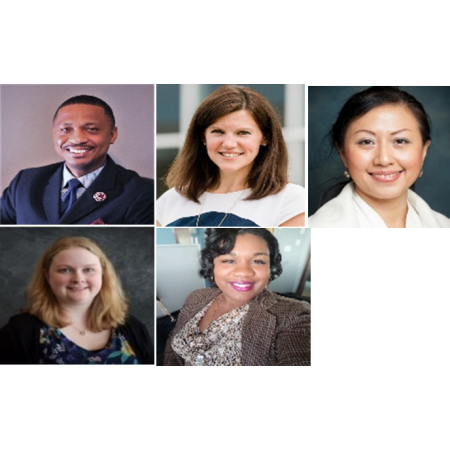

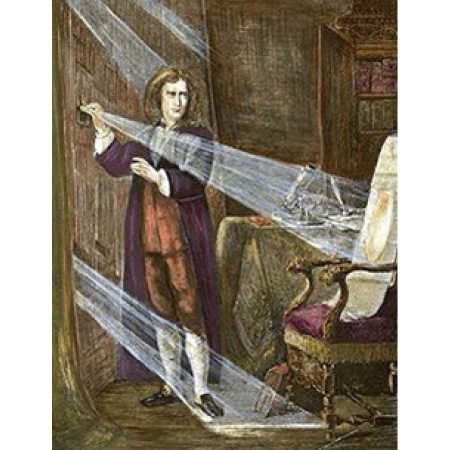
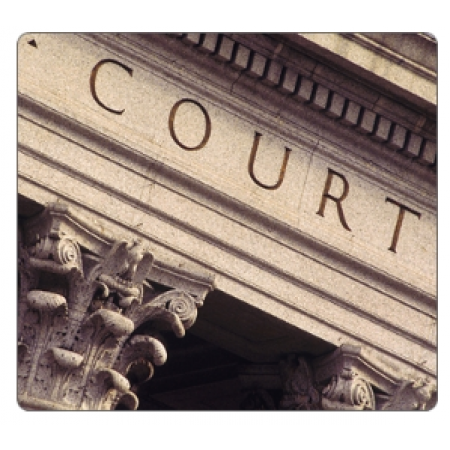

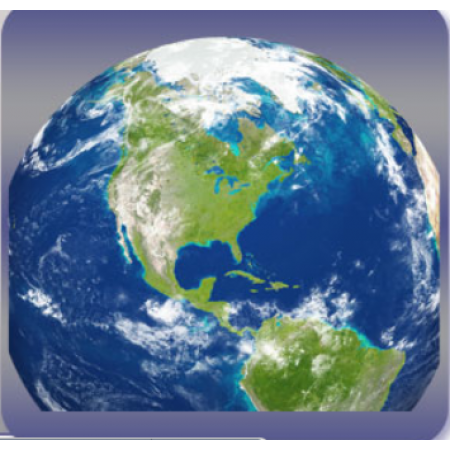
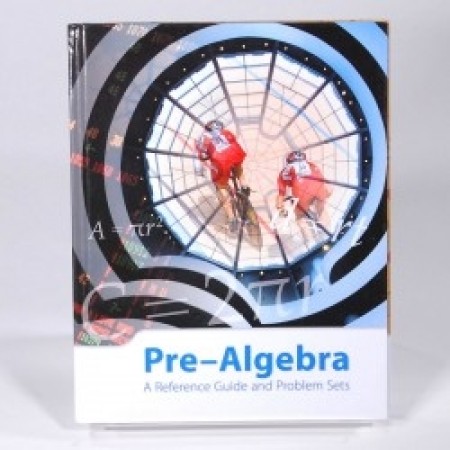
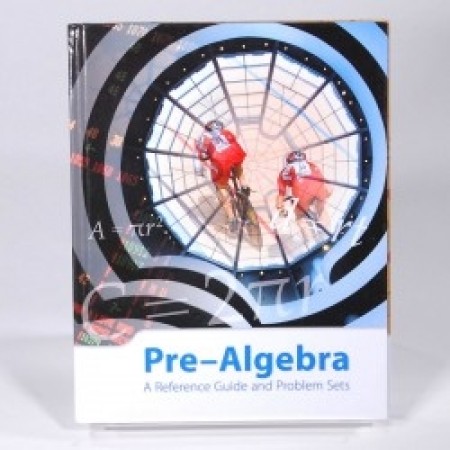


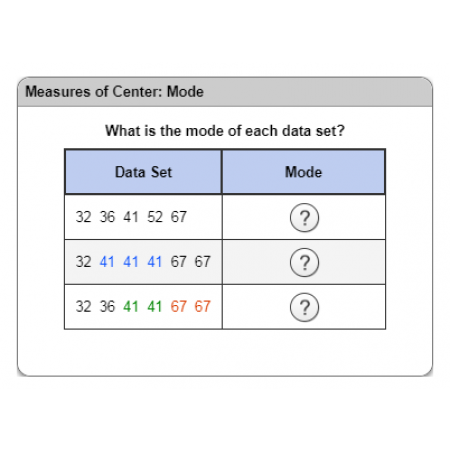

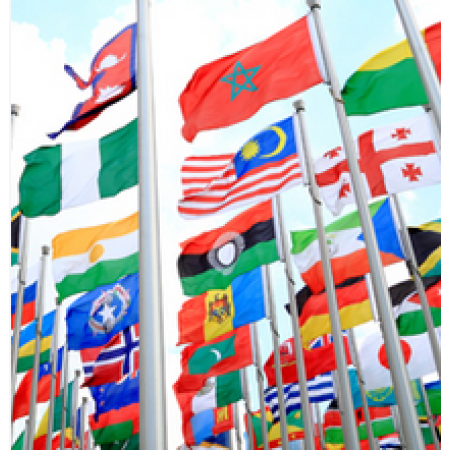
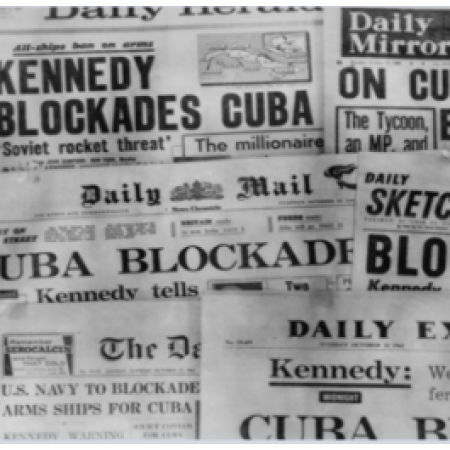
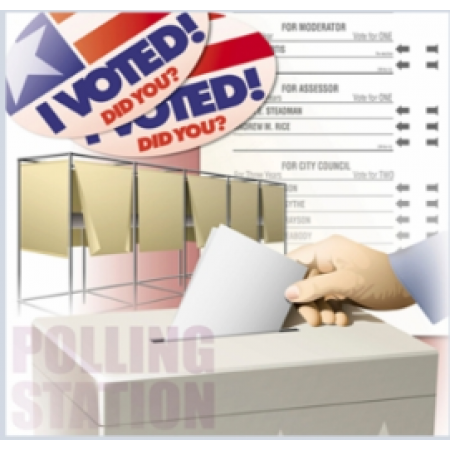
In this comprehensive course, students follow the history of the world from approximately 1870 to the present. They begin with a study of events leading up to 1914, including the Second Industrial Revolution and the imperialism that accompanied it. Their focus then shifts to the contemporary era, including two world wars, the Great Depression, and global Cold War tensions. Students examine both the staggering problems and astounding accomplishments of the twentieth century, with a focus on political and social history.